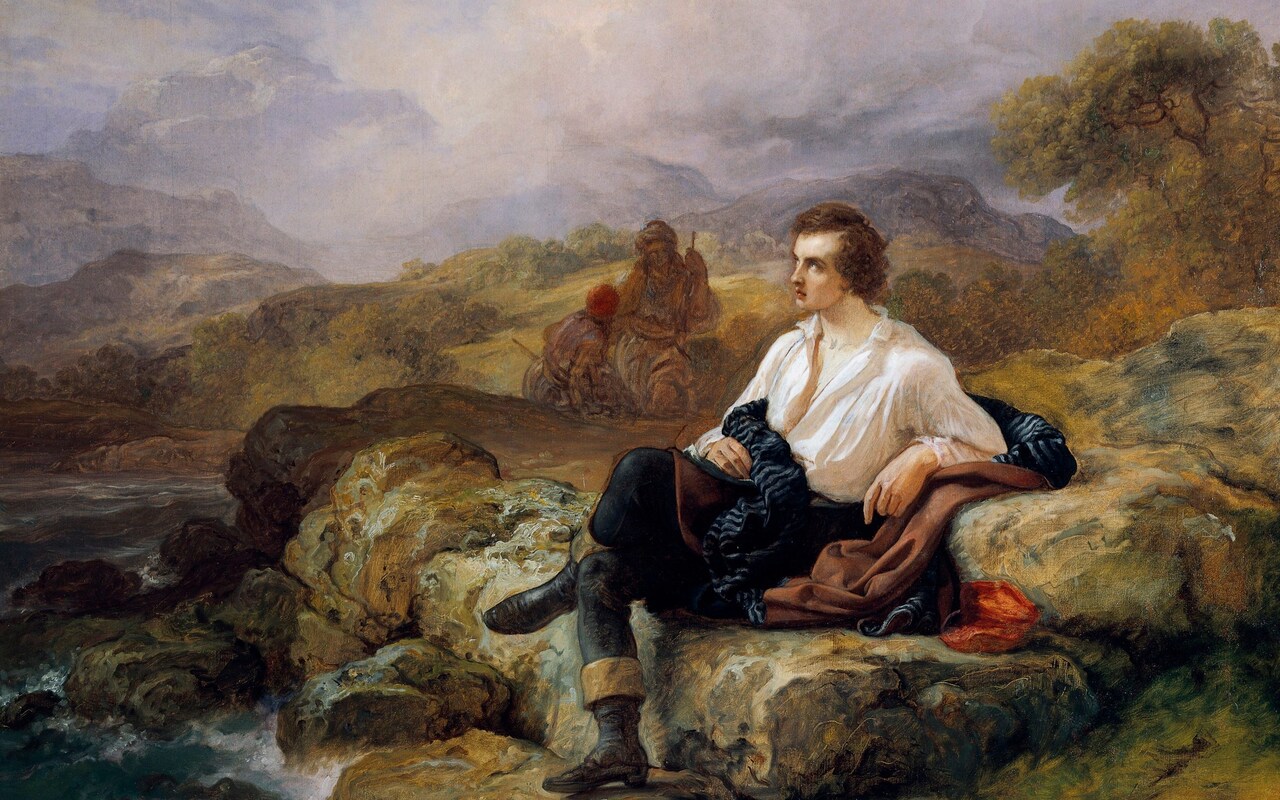We begin the week on My Poetic Side with a look at the judging panel for this year’s CLiPPA Award. We also take a look at a new biography of the poet Lord Byron.
Poetry Award Chair of Judging Panel Announced
 The poet Liz Berry has been announced as the chair of this year’s judging panel for the Centre for Literacy in Primary Poetry Award (CLiPPA). This year has seen a record number of entries for the award, which is celebration of poetry written for children. Past winners of the award include the former Makar Jackie Kay, Michael Rosen and Jospeh Coelho, who is the current Waterstones Children’s Laureate.
The poet Liz Berry has been announced as the chair of this year’s judging panel for the Centre for Literacy in Primary Poetry Award (CLiPPA). This year has seen a record number of entries for the award, which is celebration of poetry written for children. Past winners of the award include the former Makar Jackie Kay, Michael Rosen and Jospeh Coelho, who is the current Waterstones Children’s Laureate.
This year, there were over 40 new collections of poetry submitted.
In addition to Liz Berry, this year’s judging panel also includes four other panel members from within the education and literacy fields, one of who was shortlisted for the CLiPPA in 2022.
As part of the CLiPPA Shadowing Scheme, the poets, will be visiting classrooms across the country to help encourage youngsters to perform their favourite poems. It is estimated that in 2024, over 40,000 children will take place.
This year marks the 21st anniversary of the CLiPPA awards.
A Life in Ten Letters – A Lord Byron Biography
 The Romantic poet, Lord Byron is amongst the most well-known of the British poets. It is not just his poetry that he known for however, but also the scandals that surrounded him. He had a number of romantic entanglements during his relatively short life, with both men and women and even his half-sister. Now a new biography, written by Andrew Stauffer, looks to tell the poet’s story in his own wild words.
The Romantic poet, Lord Byron is amongst the most well-known of the British poets. It is not just his poetry that he known for however, but also the scandals that surrounded him. He had a number of romantic entanglements during his relatively short life, with both men and women and even his half-sister. Now a new biography, written by Andrew Stauffer, looks to tell the poet’s story in his own wild words.
Whilst his behaviour may have lead many in his home country to treat him with an embarrassed sense of wariness, and his fellow poet Wordsworth to once declare him “insane,” he was in fact considered a national hero in Greece. He gave material support and led campaigns during the Greek War of Independence.
There have already been dozens of Byron biographies and many of them draw on the same accounts of his life. This new biography takes a different look at the poet, with each chapter beginning with a letter penned by the poet himself, and often with quotes from some of the women in his life. The book also looks at some of the characters who the poet felt shaped his image of himself. These characters include Cain, a reference to the poet’s heritage and his clubfoot, and Paolo and Francesca (characters who appear in Dante’s writing) as a reference to love affairs and lust.
Stauffer also makes an interesting claim that every single vampire of an aristocratic upbringing can, in fact, be traced back to the poet, as a result of several pages that poet wrote about a man who died in Greece but then went on to rise from the dead and had amorous intentions. Vampires referenced range rom Bram Stoker’s Dracula to Lestat, created by Anne Rice.


You must register to comment. Log in or Register.